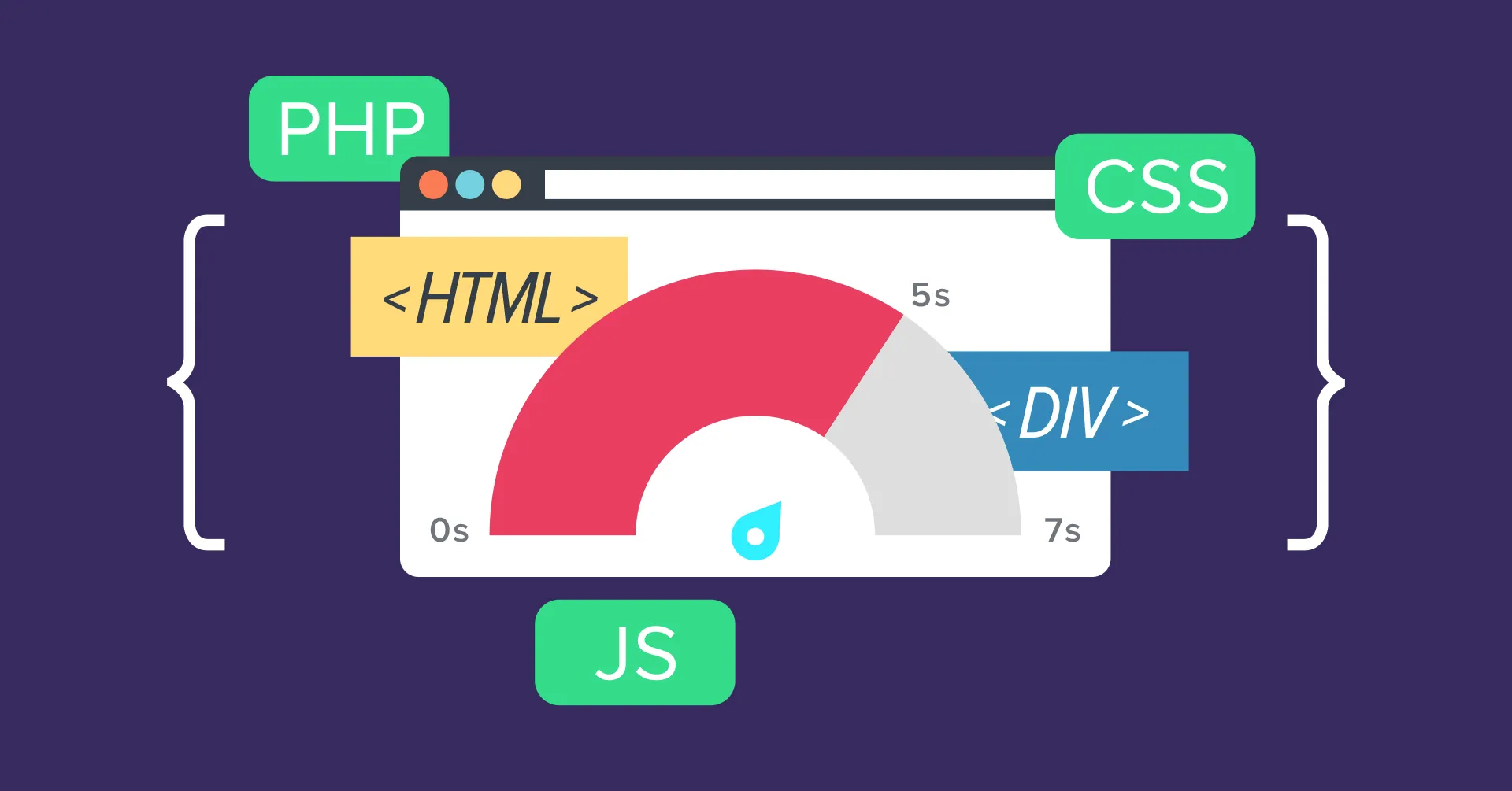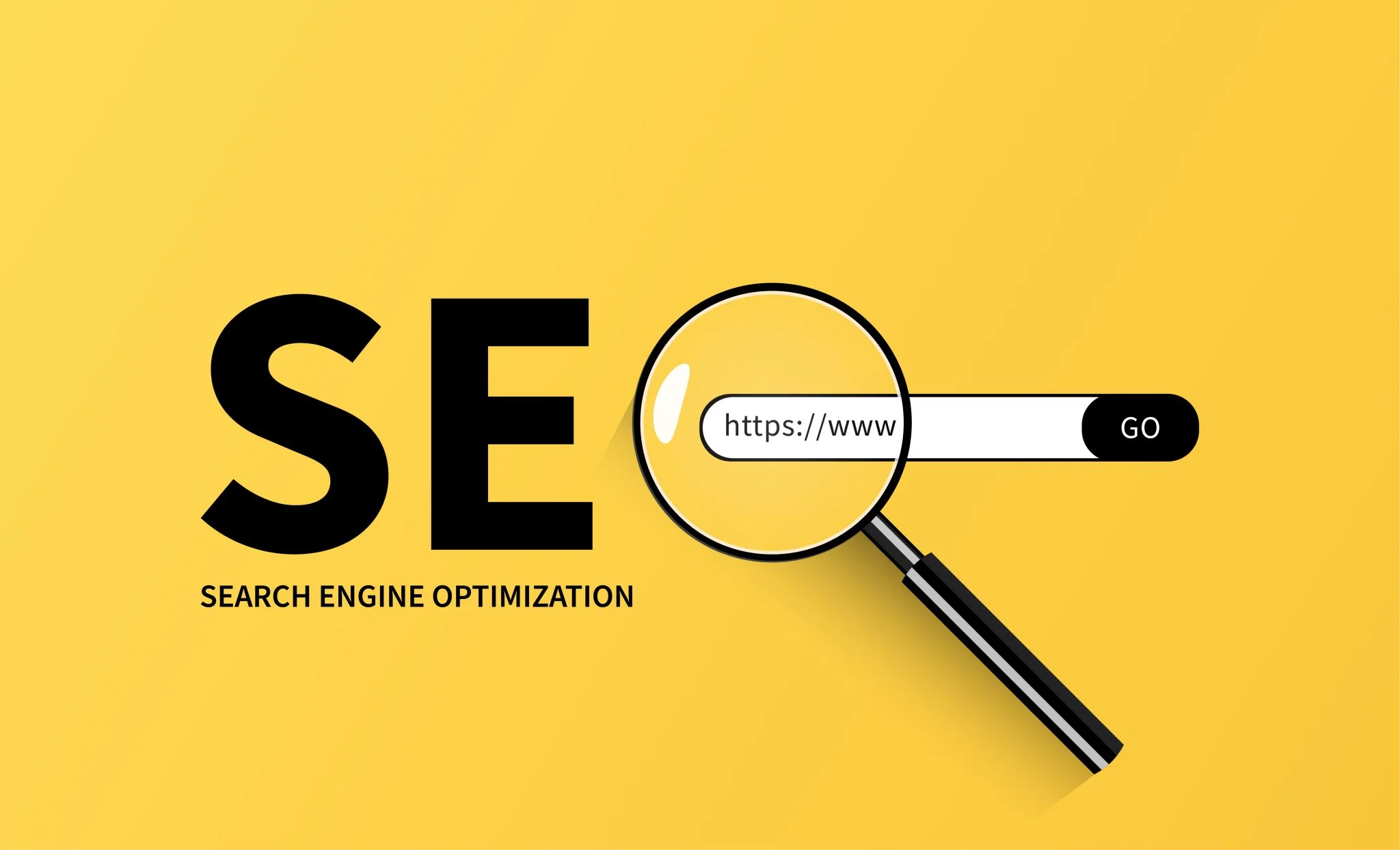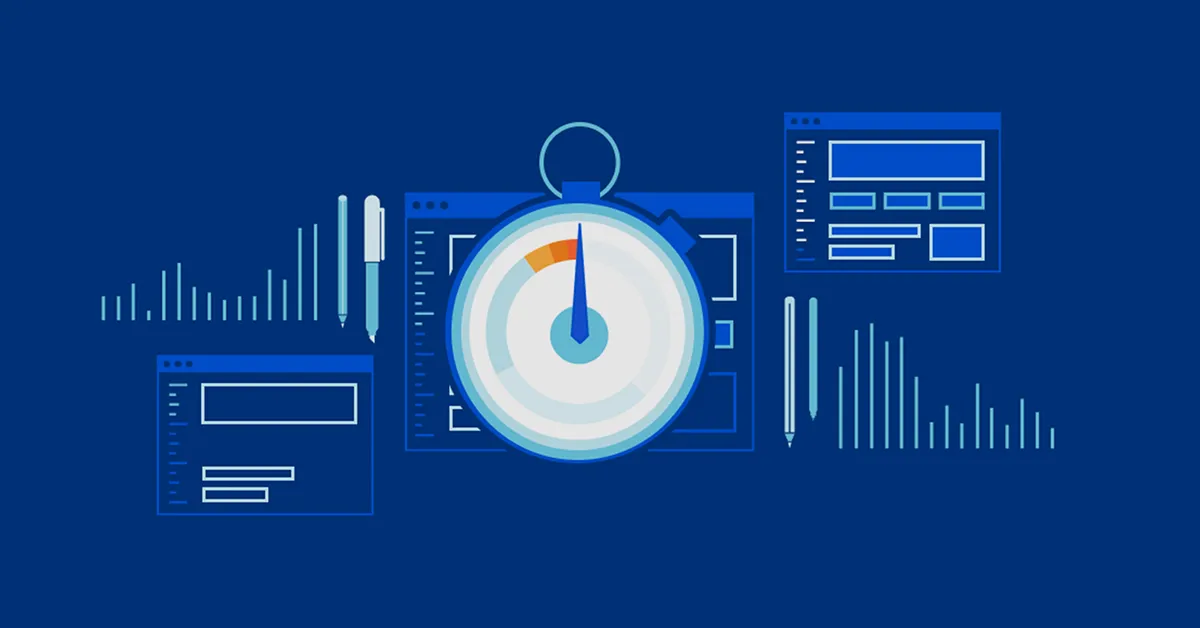Introduction
In the bustling streets of the digital world, where every click and scroll leads to new discoveries and endless possibilities, there exists a silent but powerful force that can either propel your online presence to soaring heights or leave it stranded in the depths of obscurity. This force, my dear reader, is none other than the speed of your website.
Picture this: You’re walking down a crowded high street, peering into shop windows and browsing the array of offerings laid out before you. Suddenly, you come across a shop with a sign that catches your eye—a promise of something special waiting inside. Excitedly, you step through the door, only to find yourself waiting… and waiting… as the seconds tick by and your patience wears thin.
Now, imagine if that shop had been just a few steps closer, with its doors flung wide open and its treasures on display for all to see. You would have stepped inside without hesitation, eager to explore and discover what wonders awaited you within. Such is the power of speed—a small but mighty factor that can make all the difference in the world of online browsing.
But why does website speed matter, you ask? Well, my friend, allow me to enlighten you. In today’s fast-paced digital landscape, where attention spans are shorter than ever and competition is fierce, the speed of your website can mean the difference between capturing a visitor’s interest and losing them to the endless abyss of the internet.
Think about it like this: Your website is your virtual storefront, the digital equivalent of that shop on the high street. And just like in the physical world, first impressions matter. If your website takes too long to load, visitors will simply click away and move on to the next shiny thing that catches their eye. But if your website is fast and responsive, like a well-oiled machine humming with efficiency, you’ll capture their attention and keep them engaged from the moment they arrive.
So, dear reader, if you’re ready to take your online presence to new heights and leave your competitors in the dust, join me on a journey through the world of website speed optimization. Together, we’ll explore the strategies and techniques that can help you turbocharge your website for maximum impact, leaving your visitors impressed and eager to explore all that you have to offer.

Understanding Website Speed Optimisation
As we embark on our quest for online supremacy, it’s crucial to first understand why website speed optimization matters and how it can impact your digital success. Picture, if you will, a bustling marketplace where every second counts and every delay can mean lost opportunities and missed connections. In this fast-paced world, the speed of your website can make all the difference between capturing a visitor’s attention and losing them to the vast expanse of the internet.
But what exactly is website speed optimisation, you ask? Well, in simple terms, it’s the process of fine-tuning your website to ensure that it loads quickly and efficiently on all devices and browsers. Like a well-oiled machine, a fast website runs smoothly and seamlessly, providing visitors with a seamless browsing experience that keeps them engaged and coming back for more.
But why does website speed matter, you wonder? Ah, my friend, allow me to paint you a picture. Imagine you’re on a quest for the perfect cup of coffee, wandering the streets of a bustling city in search of that elusive blend that will tantalize your taste buds and warm your soul. Suddenly, you come across a café with a sign that promises the best coffee in town. Excitedly, you step inside, only to find yourself waiting… and waiting… as the barista fumbles with the espresso machine and the line stretches out the door.
Now, imagine if that café had been just a few steps closer, with its doors flung wide open and the aroma of freshly brewed coffee wafting through the air. You would have stepped inside without hesitation, eager to indulge in the delights that awaited you within. Such is the power of speed—a small but mighty factor that can make all the difference in the world of online browsing.
So, dear reader, if you’re ready to take your online presence to new heights and leave your competitors in the dust, join me as we delve into the world of website speed optimisation. Together, we’ll uncover the secrets of faster loading times, smoother browsing experiences, and happier visitors, setting the stage for digital success like never before.

The Need for Speed: Impact on User Experience and SEO
Understanding User Experience (UX):
Impact on Search Engine Optimization (SEO):

Strategies for Website Speed Optimisation







